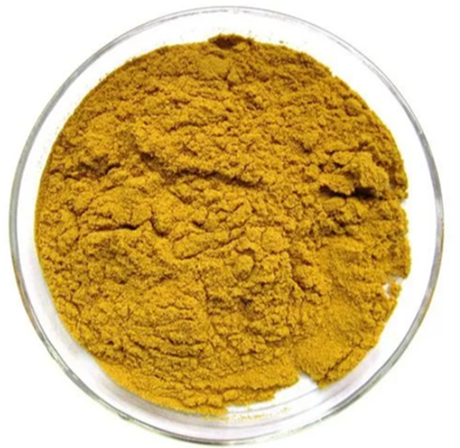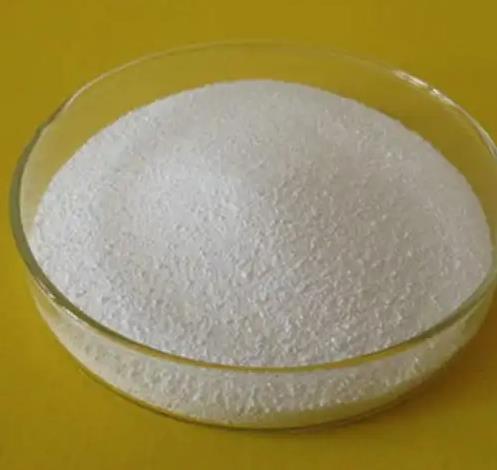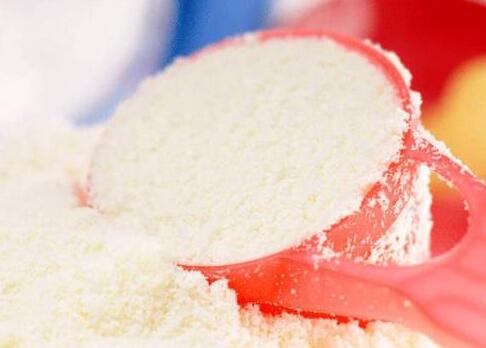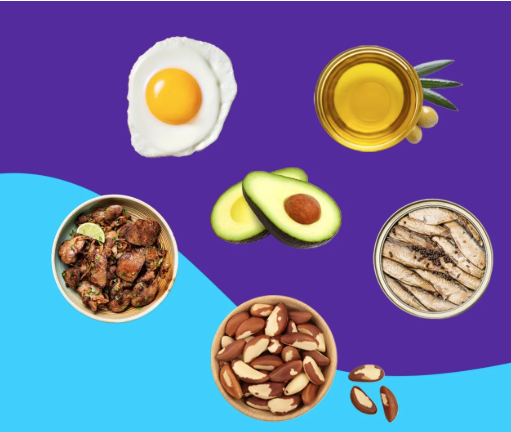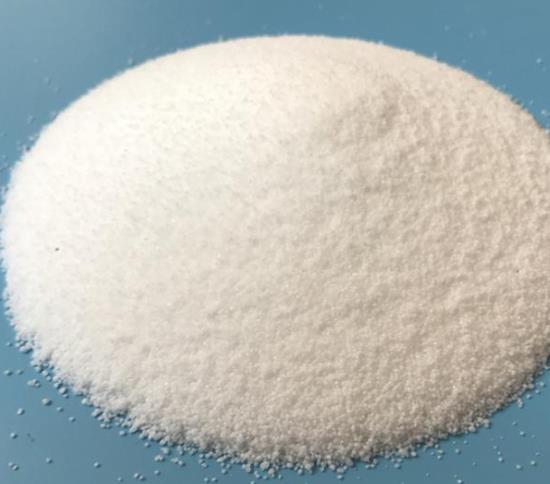Food Additives
More
Less
Food Additives refers to a kind of natural or artificially synthetic chemicals which can improve the sensory properties (color, smell, taste) of food and food quality. To the adult foods, we can add some additives according to the China's health standards. However, the food additives should be strictly controlled to be applied to infant foods. Infant body has a relative weak detoxification mechanisms or protection mechanisms, being likely to cause the accumulation of large quantities of chemical substances. The World Health Organization and many countries have specified that food additives are not allowed to be supplemented to the infant food. Children's food should also be limited from using of food additives such as saccharin, colorings and flavors. Especially, for the food of baby of less than 12-week-old such as infant formula and cereal products, they should be completely free of food additives.
Classification of the food additives: Food additives can be divided into two categories including natural food additives and synthetic food additives. Natural food additive is obtained through using animal and plant or microbial metabolites as raw materials and further extraction. Chemical synthetic additives are obtained through de novo synthesis using chemical substances as raw materials.
According to the usage purpose and the nature of chemicals, food additives can be divided into various categories, namely:
(1) acid, alkali, salt;
(2) bulking agent;
(3) antioxidant and synergist;
(4) the carrier solvent ;
(5) edible pigment;
(6) emulsifier, stabilizer and thickener;
(7) enzyme preparation for food processing;
(8) antifoaming agent;
(9) the flavorant
(10) bleaching agent;
(11) color former;
(12) quality improver;
(13) sweetener;
(14) preservative;
(15) sour agent;
(16) anti-caking agent;
(17) coagulant and
Nature's blockbuster discovery: Taurine can help cancer cell metabolism and promote leukemia
Jul 15,2025
Food Additives Casein: An Essential Protein with Versatile Applications in the Chemical Industry
Jan 26,2025
Food Additives 